Ironically, self-checkout started as a means to deal with labour costs, but to ensure its smooth success and check shoplifting, more labour seems to be required as added security and support.
One of the biggest retail innovations in history, self-checkouts came into place thanks to a man named David R Humble, who once witnessed a guy before him in a long queue scan his own cart items because the cashier was too slow. At the time, Humble worked at an organisation named CheckRobot, where he pitched the idea of self-checkouts, leading to the development of the automated checkout machine (ACM), implemented for the first time ever in a Kroger store in Atlanta, in 1984.
Since then, self-checkout has gained wide popularity, mostly amongst supermarkets. Target, The Home Depot, and Walmart are few of the big names well known for their shop-and-go services. However, the same supermarket chains are now rethinking self-checkout. Retailers in the United States, Britain and other European countries have reported a loss rate of about 4%, more than double the industry average.
A number of customer errors are making the entire shopping experience chaotic and challenging. For example, customers would misidentify certain products, they would need a human attendant for age verification upon alcohol purchase, or there would be errors in scanning bar codes. The most significant challenge for retailers is shoplifting. Costco said earlier this year that losses due to shoplifting increased owing to self-checkout options in its stores. Adding more security to self–checkout lanes means providing human support.
Ironically, self-checkout started as a means to deal with labour costs, but to ensure its smooth success, more labour seems to be required as added support.
Why Aldi’s Self-Checkout Didn’t See The Sun
Most recently, supermarket chain Aldi shut down its shop-and-go store in Utrecht. Florian Scholbeck, Aldi’s International Head of Communications was reported saying it was a fun experiment but the investments are very big. Utrecht was a 3,982 square feet location where shoppers walked in, selected their items, and walked out without having to queue at the checkout lane or scan any items.
With shelf sensors and ceiling mounted cameras analysing anonymised shoppers’ movements and product choices, and digital settlement of payments and receipts, it was the perfect example of quick and easy processes at checkout. However, there seemed to be some serious challenges.
Jelle Prins, who has designed apps for the likes of Uber and Booking.com, popped by the Utrecht Aldi store and was not happy. He used X (previously Twitter) to express his disappointment with the concept’s implementation. In a video of himself walking around an empty store, he said, “There is absolutely no one in this entire store. They will be throwing away all of the vegetables and fruit. This is prime real estate. It took me five to ten minutes to get into the store, just to deal with the app. The user experience is insane.”
Prins was of the opinion that this was a waste of capital and resources in a prime real estate property. On the use of credit cards at the store, he strongly suggested not doing it, emphasising that people in the Netherlands use PIN, which would have been a better way to go. He described it as a tedious process, “where you have to jump through lots of hoops to get into the store, where you need an app and so on.”
“There are apparently no people working here and no one is buying anything. While I was trying to get inside, ten people walked away. This is downtown Utrecht. Crazy stuff. So much for corporate innovation, right?”
In response to this, Amir Mizroch, a spokesperson for Trigo, the partner firm that built the checkout technology, said, “All very new innovations, when they reach the general public, usually need some adjustment time. Teething problems are to be expected.”
“There is no doubt however that frictionless checkout is being adopted on a broader scale, and there is proof of this ranging from The Netherlands, Germany, the UK, the US, and further afield in Asia, each with its unique adjustment period relative to the local population,” he added.
Trigo and Aldi, Mizroch said, are now working on a debit card solution to alleviate the payment challenge. “Overall, once both customers and retailers experience the convenience and efficiency of frictionless checkout, it’s hard to justify going back to waiting in lines, and we are seeing this more and more.”
Deep Dive Into Challenges In Self-Checkouts
The self-checkout technology has its pros and cons. On the bright side, it offers cost saving for retailers, while on the other hand, it presents challenges like heavy investments. Retail experts believe, however, that these investments are sure to bring long-term savings upon fruition.
Challenges for The Customer
While customers are satisfied with the speed and efficiency of self-checkouts, what with being able to scan their own items and not having to stand in long queues, the convenience doesn’t come easy. With items like produce, customers often have to use the weighing scale on their own to get the right value tags, and sometimes the bar code readings go wrong. Upon collecting any damaged items, there might be a need for store communication.
There are frequent issues with payments that can add to the frustration. If anything goes wrong, they ultimately need human assistance, adding more to the total time taken to check the cart out. Further, with retailers concerned about shoplifting, the added security measures can make the customer’s experience more complicated.
Most of all, the self-serve eliminates the element of personalisation. Customers no longer receive the personal touch, and they most likely end up feeling less rewarded owing to the extra effort needed from their end.
How Does It Look For The Employees?
The self-serve at checkouts have primarily reduced the work for cashiers, concerning many retail employees about job displacement. The silver lining is it also creates new roles in managing these systems. For that to work, retailers must ensure proper and timely retraining for all staff. With automation taking over most roles, it is must that employees across retail businesses stay up-to-date with the evolving technology.
Dealing With Shrink
The loss of inventory due to theft, fraud, or other human errors is termed as shrinkage in the retail industry. It makes for one of the biggest concerns attached with self-checkout systems. The shrink rate from self-checkout is estimated to be between 3.5% and 4%, compared with a rate of less than 1% for cashiers, leading retailers to believe that it might be a failed experiment.
Theft in grab-and-go stores is more common than one would think. Surprisingly, 15% of self-checkout users have admitted to stealing, and 44% plan to do it again.
In fact, a person describing themselves as a free swiper wrote a blog on how they had mastered the art of stealing from self-checkout lines. The “switcheroo,” the “pass-around,” the “cover,” and the “cut and run,” are a few of their described methods. The blog gives the consumer insight that customers aren’t always very delighted about self-serve. They hate the extra effort and for stores with absolutely no human assistance, they believe that “if you can’t afford to pay your cashiers, maybe I can’t afford to pay for my groceries.”
One of the ways to deal with shrink, besides surveillance cameras and weight sensors, is to add more staff in the self-serve lanes. However, it is extremely essential that the staff be satisfied, well-engaged and paid well enough to care about their role. As per the free-swiper, “a sincere mistake with a defective self-checkout machine and a “kill me now, I hate my job” sales associate” ended up giving them a free item, which was the start of the theft journey. In the blogger’s words, “thankfully, automation makes shoplifting a pleasantly streamlined process.”
Technology and The Human Touch
“Skip the line” hasn’t worked as well as predicted. Systems based on technology might be efficient but are prone, just like humans, to make errors. While you could communicate with a human attendant about the error, it becomes less convenient to do so with a machine.
The right way to go about this is to think of the self-checkout technology as an enhancer of the retail checkout, rather than its replacement. Retailers must adapt a hybrid model where the machines offer the self-checkout while the human agents offer the customer service. It is critical that businesses invest in their human resources to keep them ready to work with machines as a partner. While customers appreciate the convenience of self-checkouts, personalisation remains invaluable. As humans, customers always need the personal touch–which can only be derived when technology and humans work in tandem.
It is best to conclude that self-checkout isn’t going anywhere, given that retailers assign more consideration to how they deploy it.








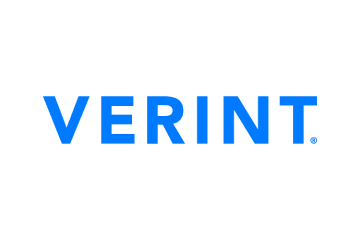
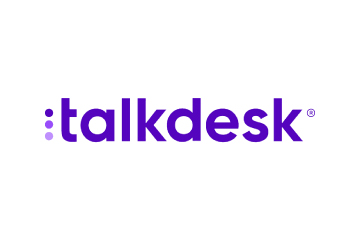

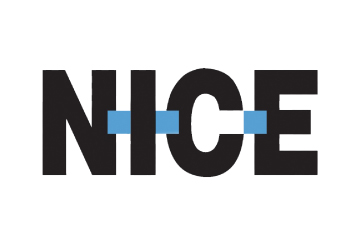


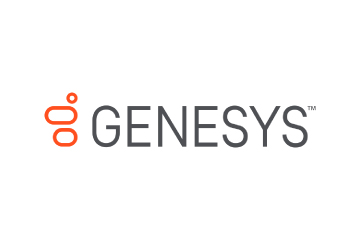
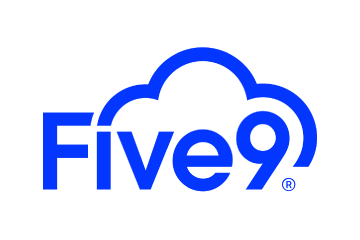


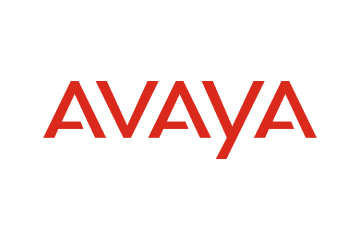
 Amplitude is a product analytics platform, enabling businesses to track visitors with the help of collaborative analytics. The platform leverages the capabilities of
Amplitude is a product analytics platform, enabling businesses to track visitors with the help of collaborative analytics. The platform leverages the capabilities of 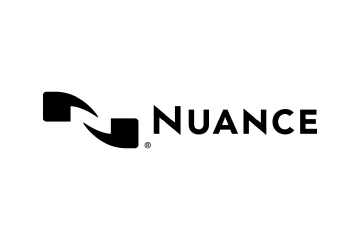

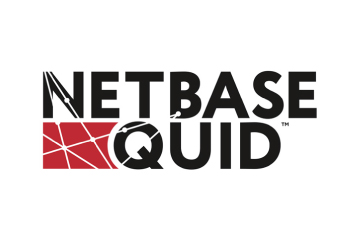

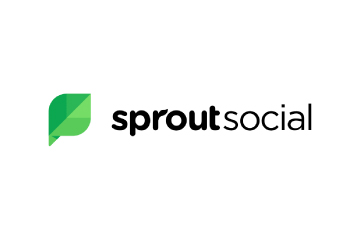
 Zoho Social, a part of Zoho’s suite of 50+ products, is a comprehensive social media management platform for businesses and agencies. The Zoho Social dashboard includes a robust set of features, such as Publishing Calendar, Bulk Scheduler, and Approval Management to offer businesses all the essential social media publishing tools. Its monitoring tools help enterprises track and respond to relevant social conversations.
Zoho Social, a part of Zoho’s suite of 50+ products, is a comprehensive social media management platform for businesses and agencies. The Zoho Social dashboard includes a robust set of features, such as Publishing Calendar, Bulk Scheduler, and Approval Management to offer businesses all the essential social media publishing tools. Its monitoring tools help enterprises track and respond to relevant social conversations.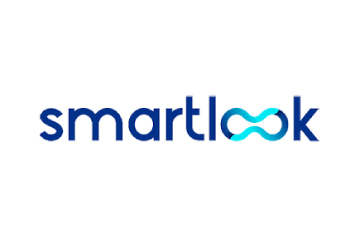

 Microsoft Dynamics 365 represents a robust cloud-based CRM solution with features such as pipeline assessment, relationship analytics, and conversational intelligence. It utilises AI-powered insights to provide actionable intelligence via predictive analytics, lead scoring, sentiment analysis, etc. Currently, Microsoft operates in 190 countries and is made up of more than 220,000 employees worldwide.
Microsoft Dynamics 365 represents a robust cloud-based CRM solution with features such as pipeline assessment, relationship analytics, and conversational intelligence. It utilises AI-powered insights to provide actionable intelligence via predictive analytics, lead scoring, sentiment analysis, etc. Currently, Microsoft operates in 190 countries and is made up of more than 220,000 employees worldwide.
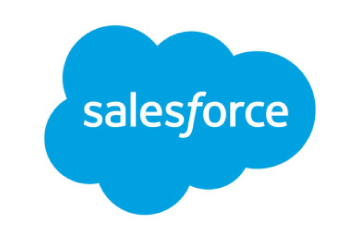
 HubSpot is an inbound marketing, sales, and customer service software provider, offering robust CRM and automation solutions. Some of its products include Marketing Hub, Sales Hub, Operations Hub, Content Hub, Commerce Hub, Marketing Analytics and Dashboard Software. Guided by its inbound methodology, HubSpot enables companies to prioritise innovation and customer success.
HubSpot is an inbound marketing, sales, and customer service software provider, offering robust CRM and automation solutions. Some of its products include Marketing Hub, Sales Hub, Operations Hub, Content Hub, Commerce Hub, Marketing Analytics and Dashboard Software. Guided by its inbound methodology, HubSpot enables companies to prioritise innovation and customer success.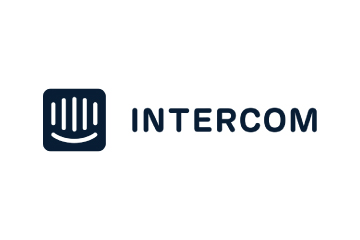
 Monday.com is a project management software company, offering a cloud-based platform that enables businesses
Monday.com is a project management software company, offering a cloud-based platform that enables businesses 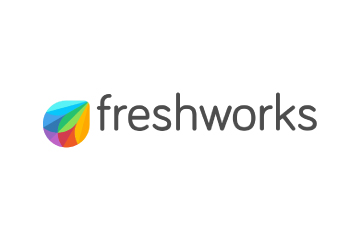 Headquartered in San Mateo, California, Freshworks is a global AI-powered business software provider. Its tech stack includes a scalable and comprehensive suite for IT, customer support, sales, and marketing teams, ensuring value for immediate business impact. Its product portfolio includes Customer Service Suite, Freshdesk, Freshchat, Freshcaller, Freshsuccess, and Freshservice. Freshservice for Business Teams has helped several global organisations to enhance their operational efficiency.
Headquartered in San Mateo, California, Freshworks is a global AI-powered business software provider. Its tech stack includes a scalable and comprehensive suite for IT, customer support, sales, and marketing teams, ensuring value for immediate business impact. Its product portfolio includes Customer Service Suite, Freshdesk, Freshchat, Freshcaller, Freshsuccess, and Freshservice. Freshservice for Business Teams has helped several global organisations to enhance their operational efficiency.
 Talkdesk offers an innovative AI-powered customer-centric tech stack to its global partners. The company provides generative AI integrations, delivering industry-specific solutions to its customers. Talkdesk CX Cloud and Industry Experience Clouds utilise modern machine learning and language models to enhance contact centre efficiency and client satisfaction.
Talkdesk offers an innovative AI-powered customer-centric tech stack to its global partners. The company provides generative AI integrations, delivering industry-specific solutions to its customers. Talkdesk CX Cloud and Industry Experience Clouds utilise modern machine learning and language models to enhance contact centre efficiency and client satisfaction.



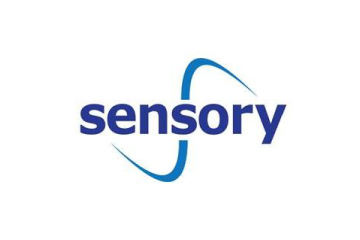
 The company offers comprehensive cloud-based solutions, such as Microsoft Dynamics 365, Gaming Consoles, Microsoft Advertising, Copilot, among other things, to help organisations offer enhanced CX and ROI. Its generative-AI-powered speech and voice recognition solutions,such as Cortana and Azure Speech Services empowers developers to build intelligent applications.
The company offers comprehensive cloud-based solutions, such as Microsoft Dynamics 365, Gaming Consoles, Microsoft Advertising, Copilot, among other things, to help organisations offer enhanced CX and ROI. Its generative-AI-powered speech and voice recognition solutions,such as Cortana and Azure Speech Services empowers developers to build intelligent applications. IBM is a global hybrid cloud and AI-powered
IBM is a global hybrid cloud and AI-powered  Uniphore is an enterprise-class, AI-native company that was incubated in 2008. Its enterprise-class multimodal AI and data platform unifies all elements of voice, video, text and data by leveraging Generative AI, Knowledge AI, Emotion AI and workflow automation. Some of its products include U-Self Serve, U-Assist, U-Capture, and U-Analyze. Its Q for Sale is a conversational intelligence software that guides revenue teams with AI-powered insights, offering clarity on how to effectively keep prospects engaged.
Uniphore is an enterprise-class, AI-native company that was incubated in 2008. Its enterprise-class multimodal AI and data platform unifies all elements of voice, video, text and data by leveraging Generative AI, Knowledge AI, Emotion AI and workflow automation. Some of its products include U-Self Serve, U-Assist, U-Capture, and U-Analyze. Its Q for Sale is a conversational intelligence software that guides revenue teams with AI-powered insights, offering clarity on how to effectively keep prospects engaged. Google Cloud accelerates every organisation’s ability to digitally transform its business. Its enterprise-grade solutions leverage modern technology to solve the most criticial business problems
Google Cloud accelerates every organisation’s ability to digitally transform its business. Its enterprise-grade solutions leverage modern technology to solve the most criticial business problems  8×8 offers out-of-the-box contact centre solutions, assisting all-size businesses to efficiently meet customer needs and preferences. It offers custom CRM integrations support and integrates effortlessly with third-party CRMs like Salesforce, Microsoft Dynamics, Zendesk, and more. Offering global support in all time zones & development teams in 5 continents, its patented geo-routing solution ensures consistent voice quality.
8×8 offers out-of-the-box contact centre solutions, assisting all-size businesses to efficiently meet customer needs and preferences. It offers custom CRM integrations support and integrates effortlessly with third-party CRMs like Salesforce, Microsoft Dynamics, Zendesk, and more. Offering global support in all time zones & development teams in 5 continents, its patented geo-routing solution ensures consistent voice quality. Sprinklr is a comprehensive enterprise software company for all customer-focused functions. With advanced AI, Sprinklr’s unified customer experience management (Unified-CXM) platform lets organisations offer human experiences to every customer, every time, across any modern channel.
Sprinklr is a comprehensive enterprise software company for all customer-focused functions. With advanced AI, Sprinklr’s unified customer experience management (Unified-CXM) platform lets organisations offer human experiences to every customer, every time, across any modern channel.


 Upland offers a comprehensive suite of contact centre and customer service solutions with products including InGenius, Panviva, Rant & Rave, and RightAnswers. InGenius enables organisations to connect their existing phone system with CRM, further enhancing agent productivity. Panviva provides compliant and omnichannel capabilities for highly regulated industries. Whereas, Rant & Rave, and RightAnswers are its AI-powered solutions,
Upland offers a comprehensive suite of contact centre and customer service solutions with products including InGenius, Panviva, Rant & Rave, and RightAnswers. InGenius enables organisations to connect their existing phone system with CRM, further enhancing agent productivity. Panviva provides compliant and omnichannel capabilities for highly regulated industries. Whereas, Rant & Rave, and RightAnswers are its AI-powered solutions, 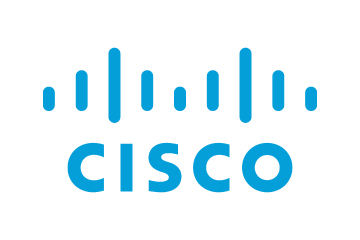

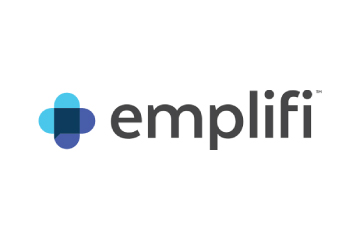
 Hootsuite, headquartered in Vancouver, is a social media management platform that streamlines the process of managing multiple social media accounts. Some of its core offerings include social media content planning and publishing, audience engagement tools, analytics and social advertising. Its easy-to-integrate capabilities help marketing teams to schedule and publish social media posts efficiently.
Hootsuite, headquartered in Vancouver, is a social media management platform that streamlines the process of managing multiple social media accounts. Some of its core offerings include social media content planning and publishing, audience engagement tools, analytics and social advertising. Its easy-to-integrate capabilities help marketing teams to schedule and publish social media posts efficiently.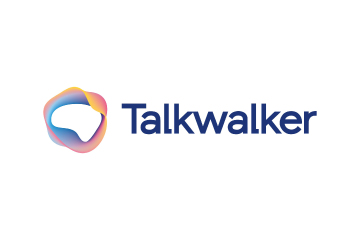
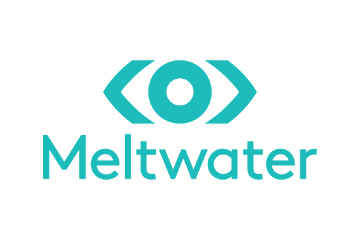
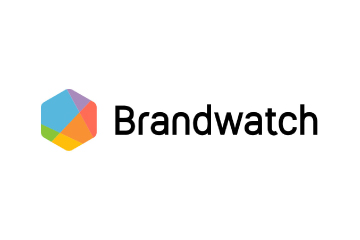 Brandwatch enables businesses to build and scale the optimal strategy for their clients with intuitive, use-case-focused tools that are easy and quick to master. Bringing together consumer intelligence and social media management, the company helps its users react to the trends that matter, collaborate on data-driven content, shield the brand from threats and manage all the social media channels at scale.
Brandwatch enables businesses to build and scale the optimal strategy for their clients with intuitive, use-case-focused tools that are easy and quick to master. Bringing together consumer intelligence and social media management, the company helps its users react to the trends that matter, collaborate on data-driven content, shield the brand from threats and manage all the social media channels at scale.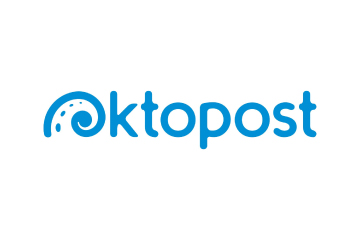


 Adobe Experience Cloud offers a comprehensive set of applications, capabilities, and services specifically designed to address day-to-day requirement for personalised customer experiences at scale. Its platform helps play an essential role in managing different digital content or assets to improve customer happiness. Its easy-to-optimise content gives users appropriate marketing streams, ensuring product awareness.
Adobe Experience Cloud offers a comprehensive set of applications, capabilities, and services specifically designed to address day-to-day requirement for personalised customer experiences at scale. Its platform helps play an essential role in managing different digital content or assets to improve customer happiness. Its easy-to-optimise content gives users appropriate marketing streams, ensuring product awareness.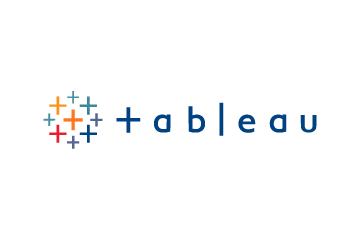 Salesforce-owned Tableau is an AI-powered analytics and business intelligence platform, offering the breadth and depth of capabilities that serve the requirements of global enterprises in a seamless, integrated experience. Marketers can utilise generative AI models, AI-powered predictions, natural language querying, and recommendationsons.
Salesforce-owned Tableau is an AI-powered analytics and business intelligence platform, offering the breadth and depth of capabilities that serve the requirements of global enterprises in a seamless, integrated experience. Marketers can utilise generative AI models, AI-powered predictions, natural language querying, and recommendationsons. Contentsquare is a cloud-based digital experience analytics platform, helping brands track billions of digital interactions, and turn those digital
Contentsquare is a cloud-based digital experience analytics platform, helping brands track billions of digital interactions, and turn those digital 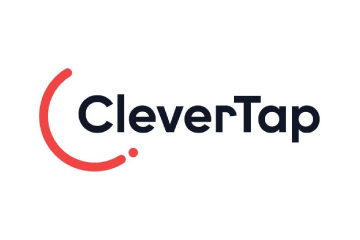
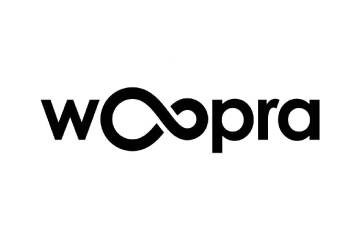
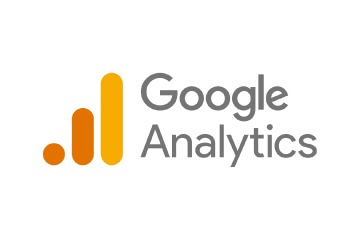
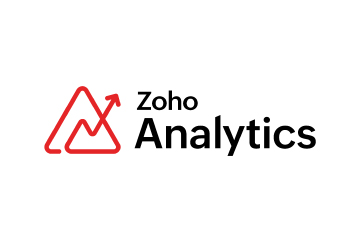 Zoho Corporation offers innovative and tailored software to help leaders grow their business. Zoho’s 55+ products aid sales and marketing, support and collaboration, finance, and recruitment requirements. Its customer analytics capabilities come with a conversational feature, Ask Zia. It enables users to ask questions and get insights in the form of reports and widgets in real-time.
Zoho Corporation offers innovative and tailored software to help leaders grow their business. Zoho’s 55+ products aid sales and marketing, support and collaboration, finance, and recruitment requirements. Its customer analytics capabilities come with a conversational feature, Ask Zia. It enables users to ask questions and get insights in the form of reports and widgets in real-time. Fullstory is a behavioural data platform, helping C-suite leaders make informed decisions by injecting digital behavioural data into its analytics stack. Its patented technology uncovers the power of quality behavioural data at scale, transforming every digital visit into actionable insights. Enterprises can increase funnel conversion and identify their highest-value customers effortlessly.
Fullstory is a behavioural data platform, helping C-suite leaders make informed decisions by injecting digital behavioural data into its analytics stack. Its patented technology uncovers the power of quality behavioural data at scale, transforming every digital visit into actionable insights. Enterprises can increase funnel conversion and identify their highest-value customers effortlessly.
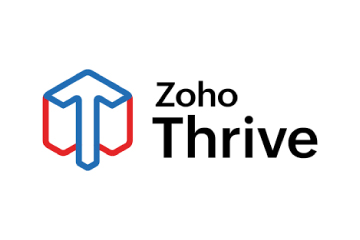
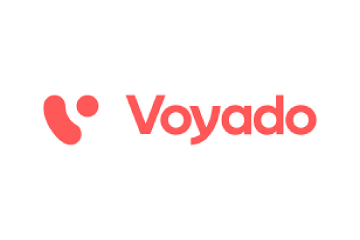 Started in 2005 in a Sweden-based small town, Norrköping, Voyado offers a customer experience cloud platform that includes a customer loyalty management system. This platform helps businesses design and implement customer loyalty programs, track customer
Started in 2005 in a Sweden-based small town, Norrköping, Voyado offers a customer experience cloud platform that includes a customer loyalty management system. This platform helps businesses design and implement customer loyalty programs, track customer 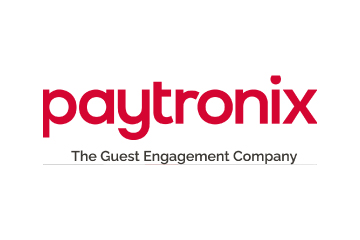



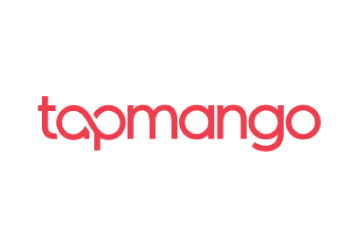 TapMango provides a comprehensive, customisable, flexible and feature-rich customer loyalty program. The loyalty tools include an integrated suite of customised consumer-facing technology, easy-to-use merchant tools, and automation algorithms, all aimed at enhancing customer experience. Adaptable to any industry, TapMango’s platform helps merchants compete with larger chains, converting customer one-time purchases into profitable spending habits.
TapMango provides a comprehensive, customisable, flexible and feature-rich customer loyalty program. The loyalty tools include an integrated suite of customised consumer-facing technology, easy-to-use merchant tools, and automation algorithms, all aimed at enhancing customer experience. Adaptable to any industry, TapMango’s platform helps merchants compete with larger chains, converting customer one-time purchases into profitable spending habits.
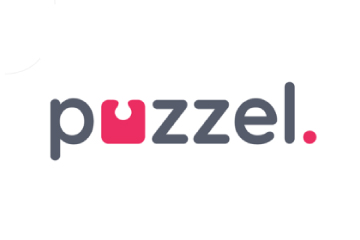
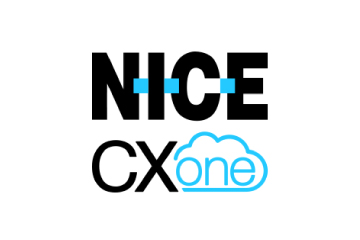
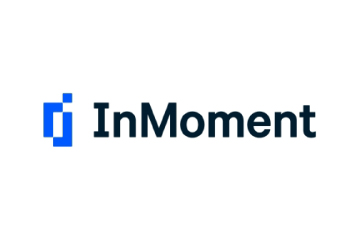

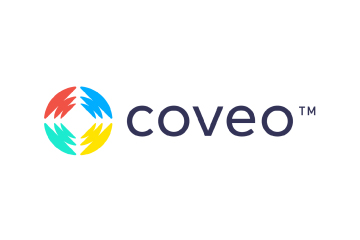
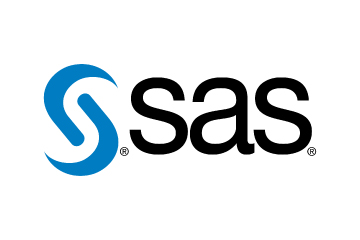
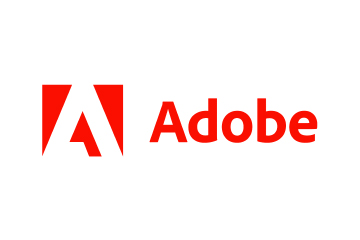 Adobe Experience Cloud offers a comprehensive set of applications, capabilities, and services specifically designed to address day-to-day requirements for personalised customer experiences at scale. Its innovative platform has played an essential role in managing different digital content or assets, to improve customer happiness or satisfaction. Some of its products include Adobe Gen Studio, Experience Manager Sites, Real-time CDP, and Marketo Engage.
Adobe Experience Cloud offers a comprehensive set of applications, capabilities, and services specifically designed to address day-to-day requirements for personalised customer experiences at scale. Its innovative platform has played an essential role in managing different digital content or assets, to improve customer happiness or satisfaction. Some of its products include Adobe Gen Studio, Experience Manager Sites, Real-time CDP, and Marketo Engage.

